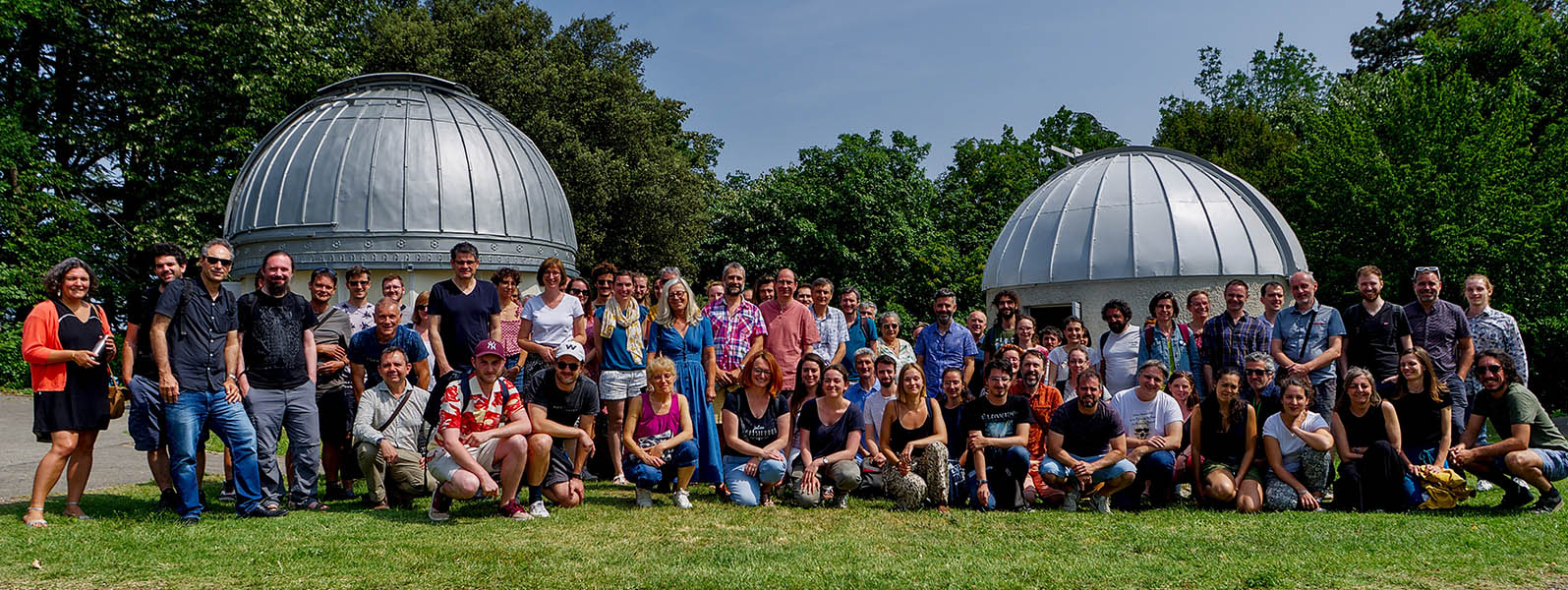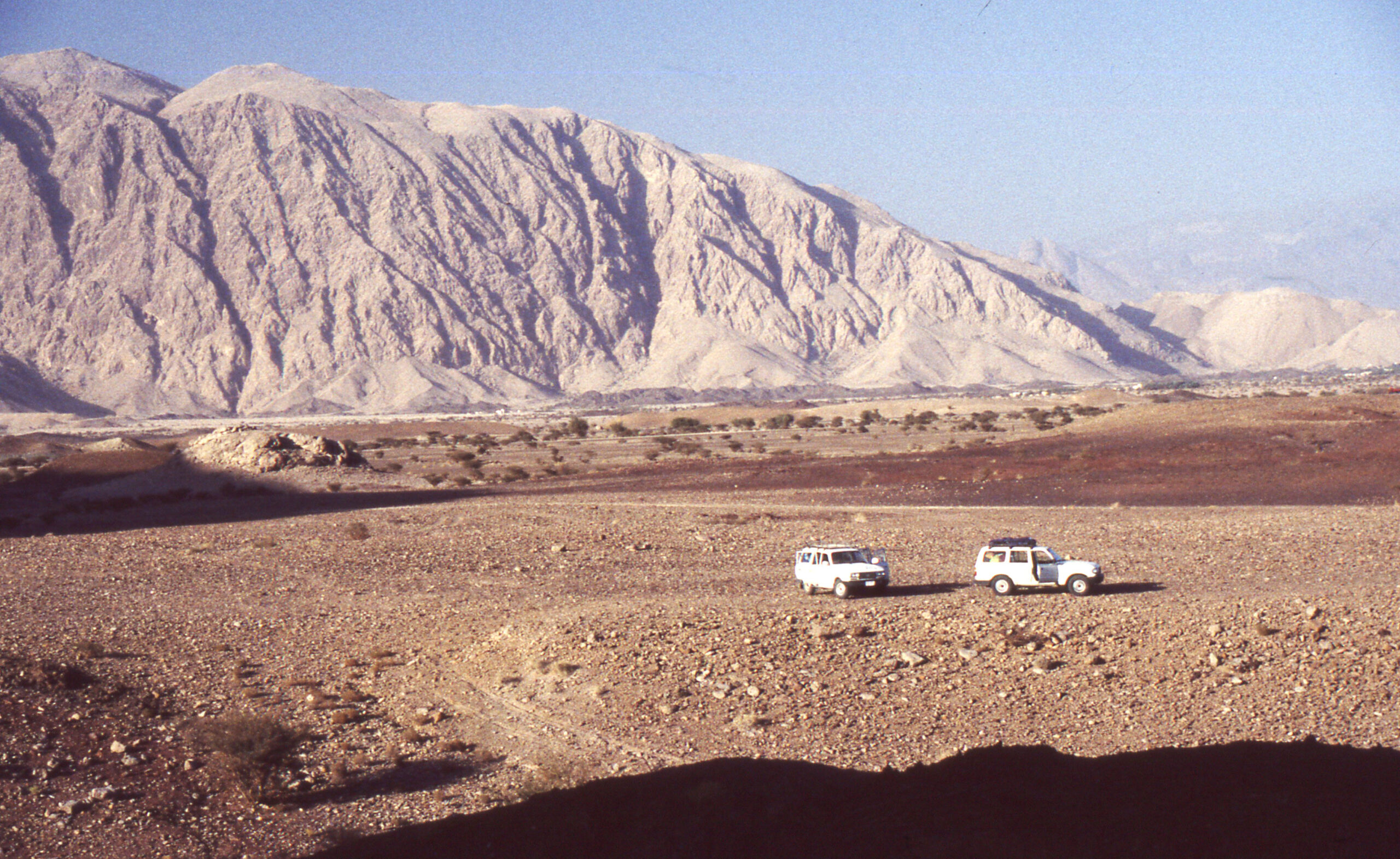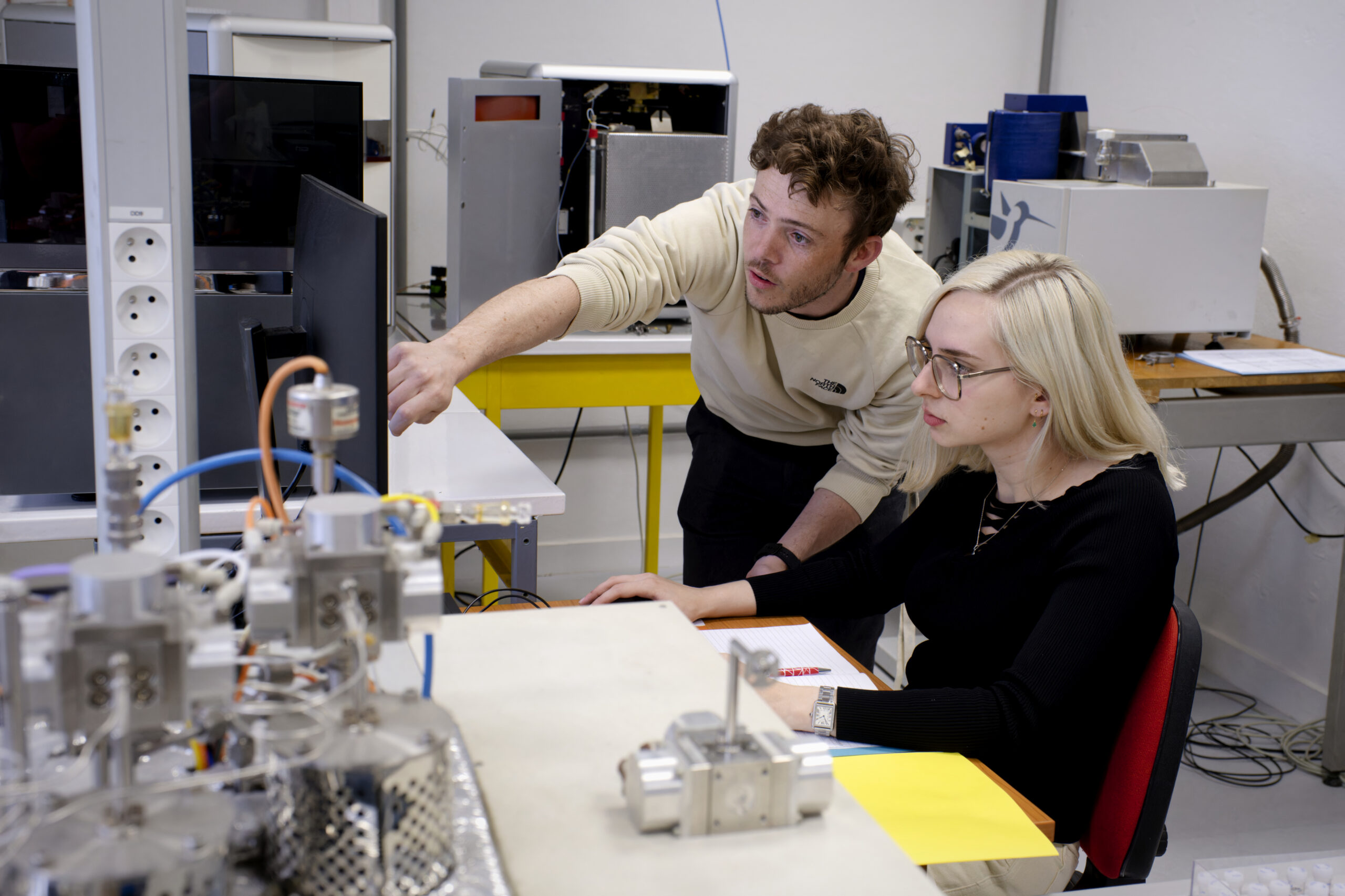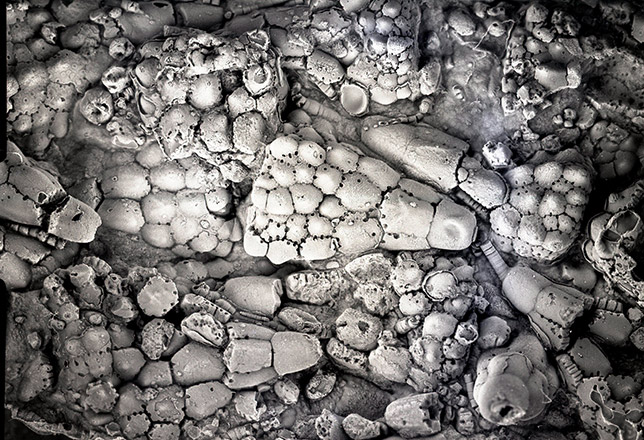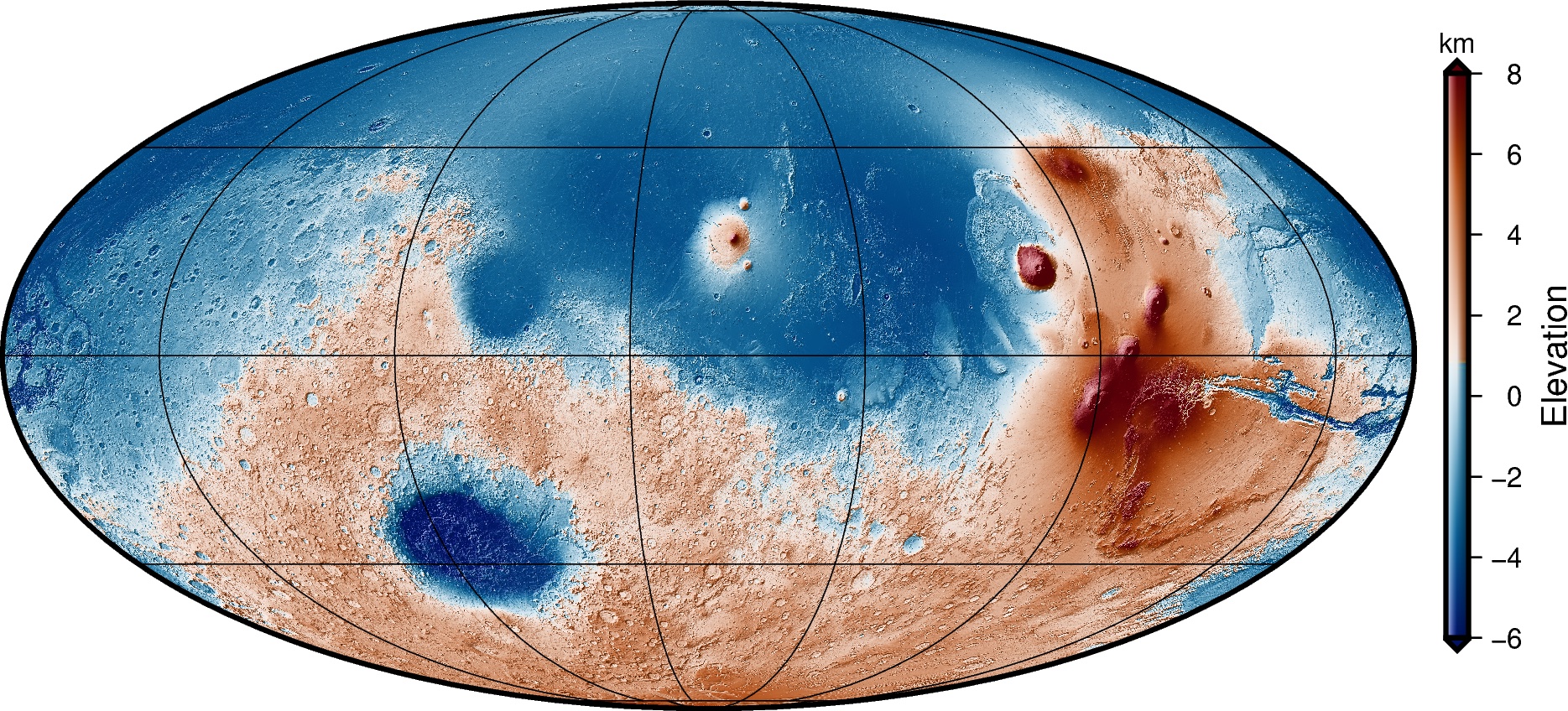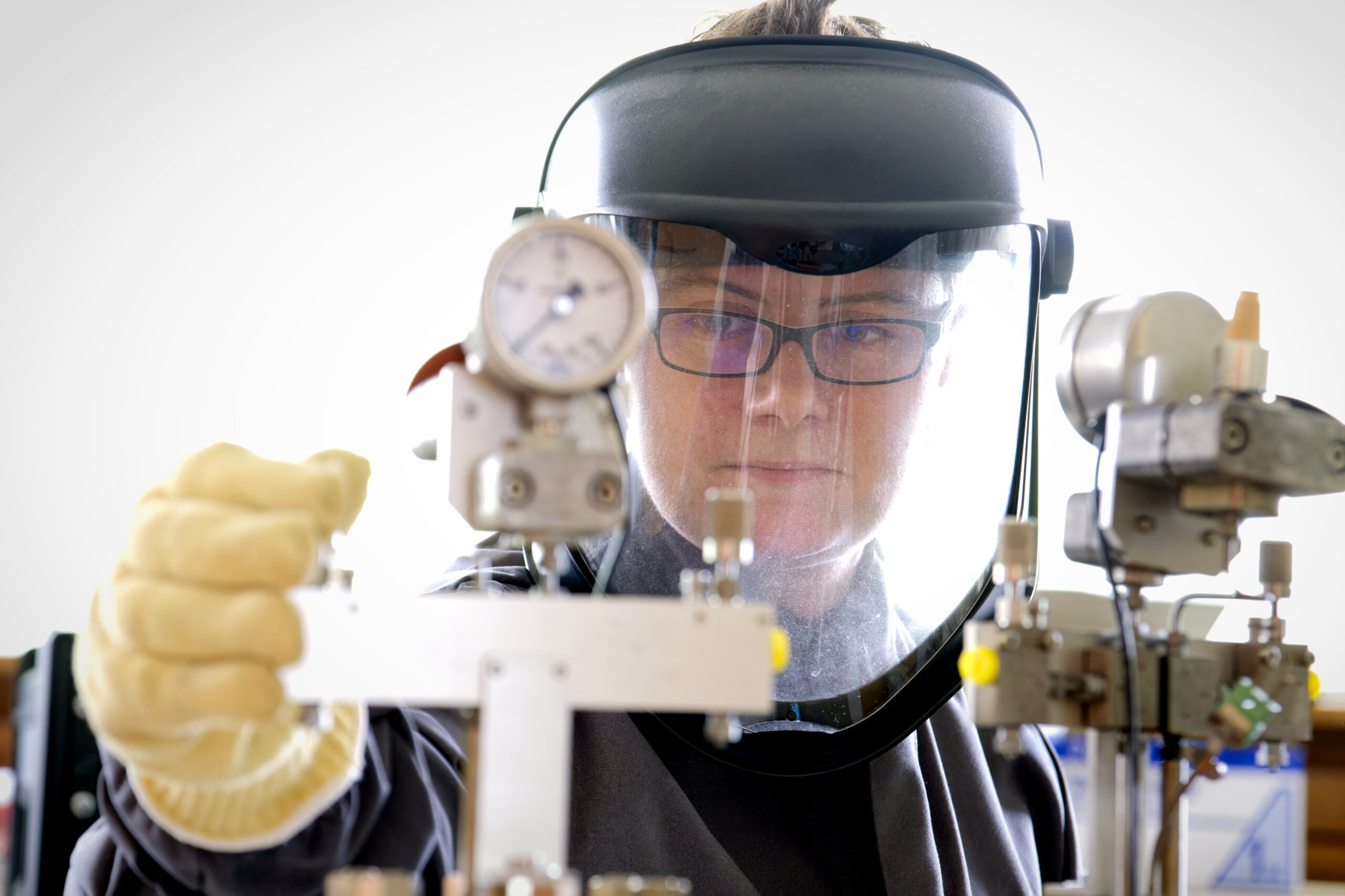Our Laboratory
Key statistics
publications in 2021
people
themes
4 main, 2 transverse and 1 inter-lab
sites
ENS, La Doua and UJM
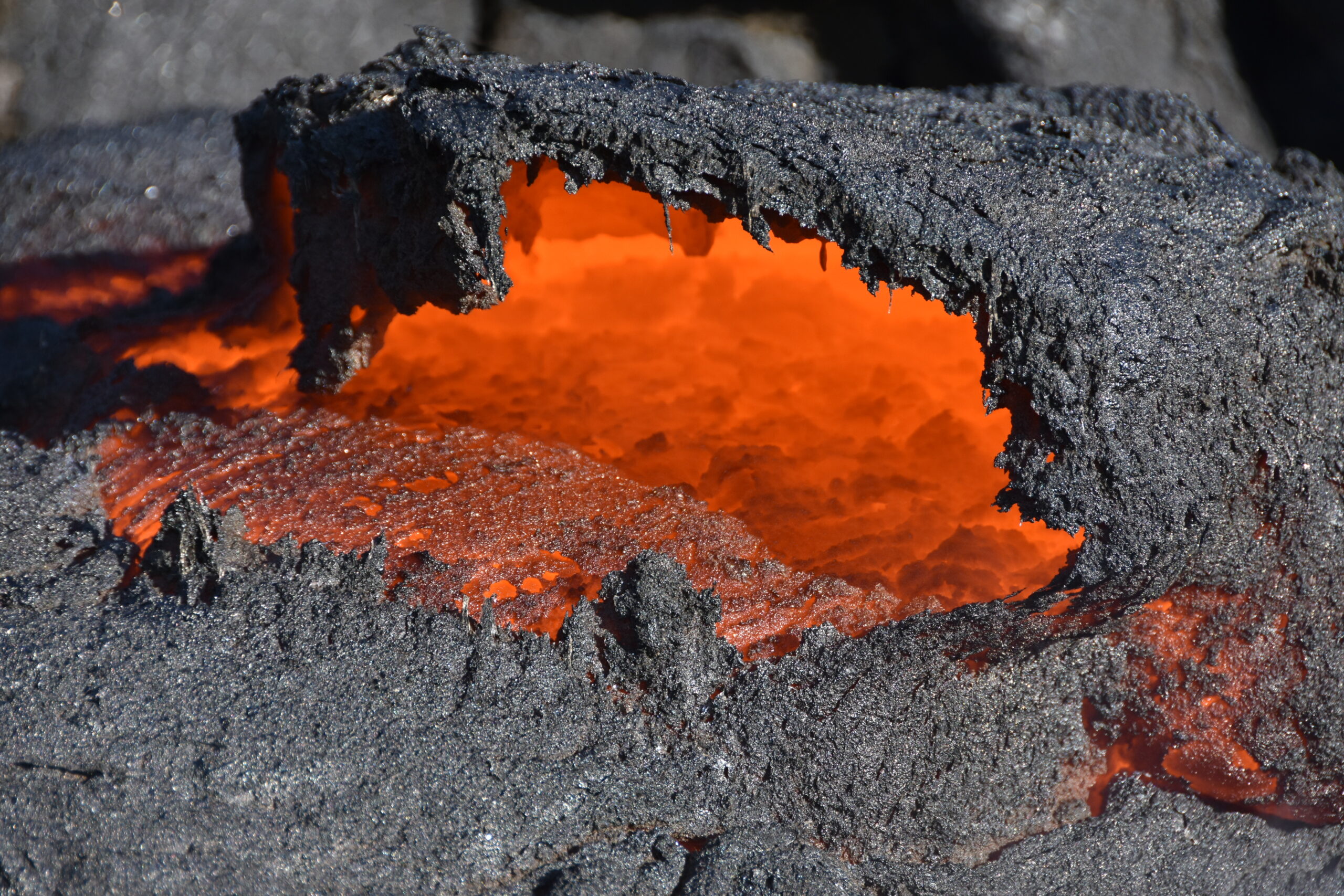
Our laboratory also hosts…
- ERC projects : currently 5 ERC projects in progress, 20 ANR/year, 25 to 30 other contracts/year (CNES, regional contracts, IUF, other European contracts, etc.)
- Between 30 and 40 PhD students and post-docs per year
- Partners: private foundations, industry, Europe, Regions, UCBL, LIP, INSA
Description
The Laboratoire de Géologie de Lyon : Terre, Planètes, Environnement (Laboratory of Geology of Lyon : Earth, Planets, Environment, LGL-TPE) is an Earth Sciences research laboratory with around 160 staff spread over 3 sites. Approximately one hundred people work on the La Doua campus in Villeurbanne, around fifty on the ENS Monod campus in Lyon and around ten on the Saint-Etienne campus. The LGL-TPE is supervised by the Centre National de la Recherche Scientifique (CNRS), the Université Claude Bernard Lyon 1 (UCBL), the École Normale Supérieure de Lyon (ENSL) and the Université Jean Monnet de Saint-Etienne (UJM).
Éric Debayle, Director of LGL-TPE
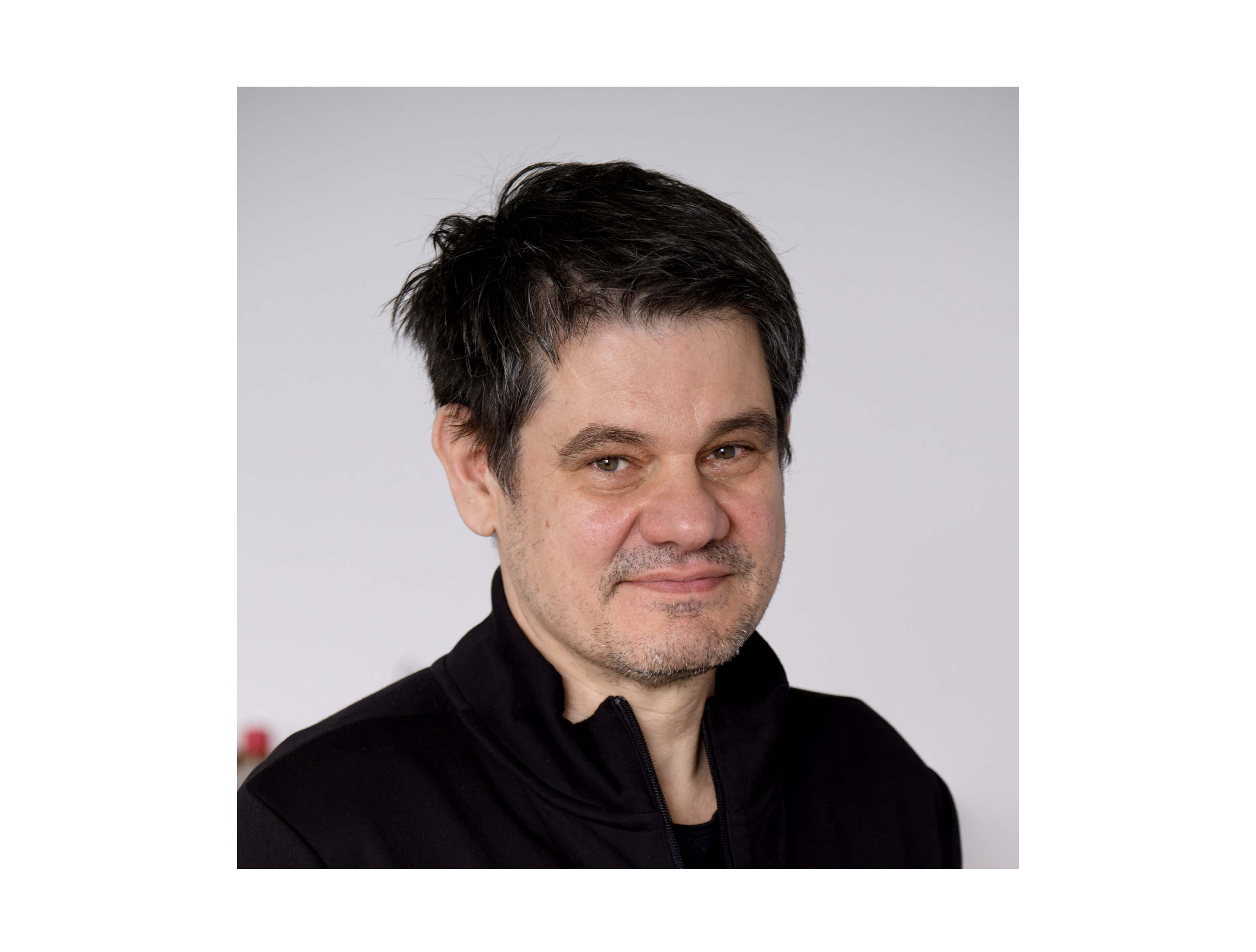
Our main scientific objectives
We aim to understand the formation and evolution of the Earth and planets, as well as the appearance and development of life. To achieve this, our research covers a wide spectrum of topics, including the formation of the solar system, the formation of the Earth and planets and their evolution to their present state, the dynamics of the Earth’s mantle and core, the formation of mountain ranges and the study of the lithosphere, exobiology, paleontology, the reconstruction of paleoenvironments and paleoclimates on different time scales, and the study of contemporary models of the ancient biosphere and its characterisation in the fossil record.
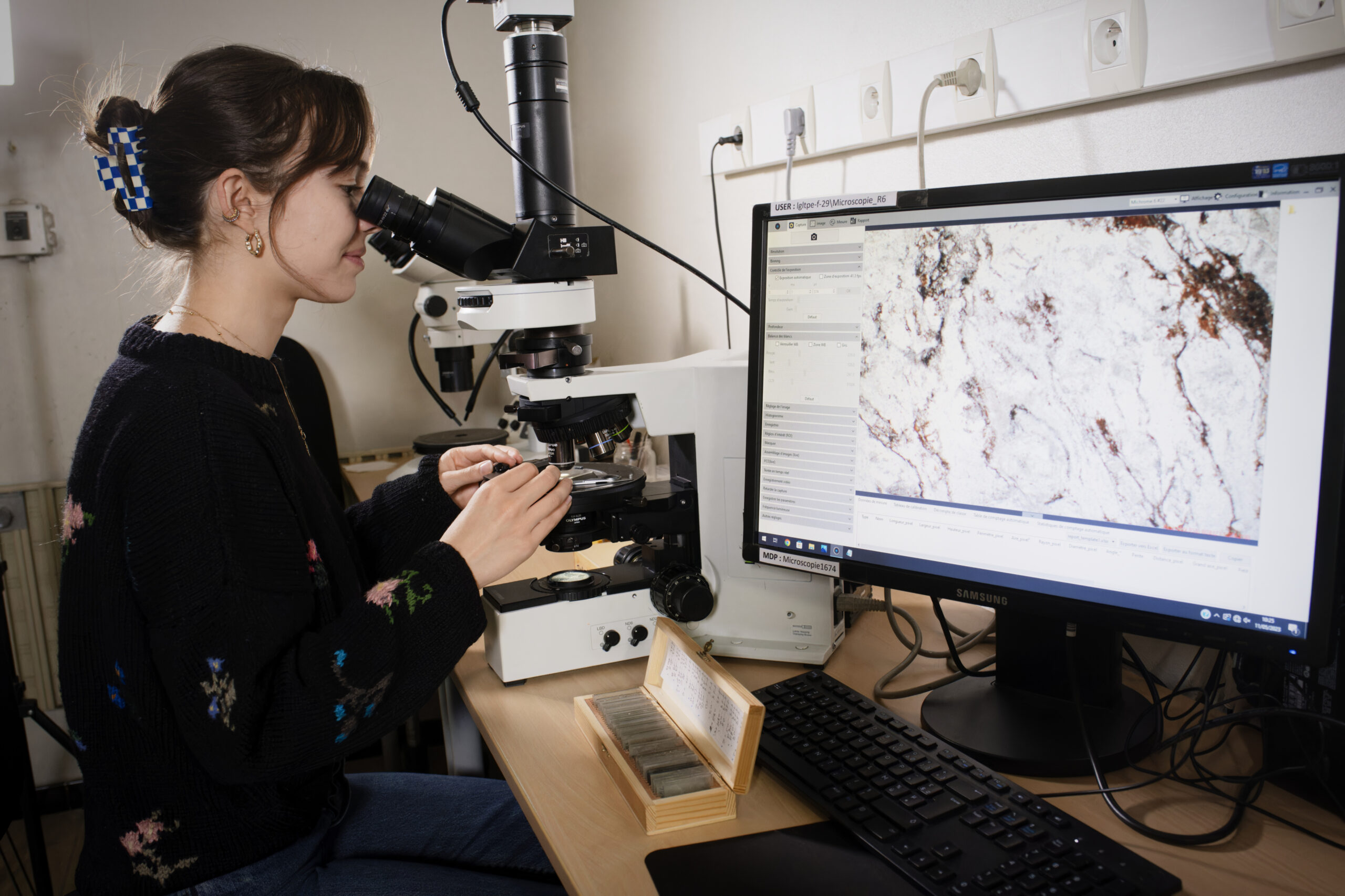
Our research is based on field and experimental studies, analysis and intensive computing, at the crossroads of several disciplines such as physics, chemistry and biology. The laboratory’s experimental facilities are state-of-the-art in the fields of isotope and molecular geochemistry, non-destructive analysis, extreme conditions physics and microscopy. We also have a fleet of drones that enable us to monitor geomorphology, coastal dynamics and natural hazards. Our computing resources enable us to digitally simulate the evolution of planets or build 3D models of the Earth’s interior using massive seismological data processing. The LGL-TPE manages one of the world’s largest university paleontology collections, with nearly 10 million samples. These collections are a research tool used by paleontologists all over the world.
The laboratory’s scientific excellence is demonstrated by the quality and number of our publications in high-impact journals, our success in various national and European calls for tender and our participation in the “Lyon Institute of Origins” laboratory of excellence. Since 2015, the LGL-TPE has been a permanent winner of 5 to 7 European projects (ERC). We currently hold 5 ERC projects on a variety of themes.
- The COSMOKEMS project focuses on the laboratory reconstruction of solar nebula conditions and isotopic fractionation in the protoplanetary disk.
- The CRUSLID project aims to understand the nature and formation of Martian and lunar crusts, in order to assess how they differ from the Earth’s continental crust.
- Researchers in the THEMISS project are interested in modelling the thermal evolution of icy objects in the solar system, with the aim of better locating the most primitive materials in the solar system and specifying the characteristics of comets that can help constrain their origin.
- The OCEANID project aims to describe the oldest Martian sedimentary deposits accumulated below possible ocean levels, establish a small-scale chronology of primitive events and contextualise the Mars2020 and ExoMars missions within the primitive global hydrological system.
- The SILVER project aims to study the composition of silver coins from the ancient worlds (Greek and Roman) up to 250 AD, using cutting-edge geochemical techniques. The questions raised are those of the origin of money and the link between economic development and the circulation of silver.
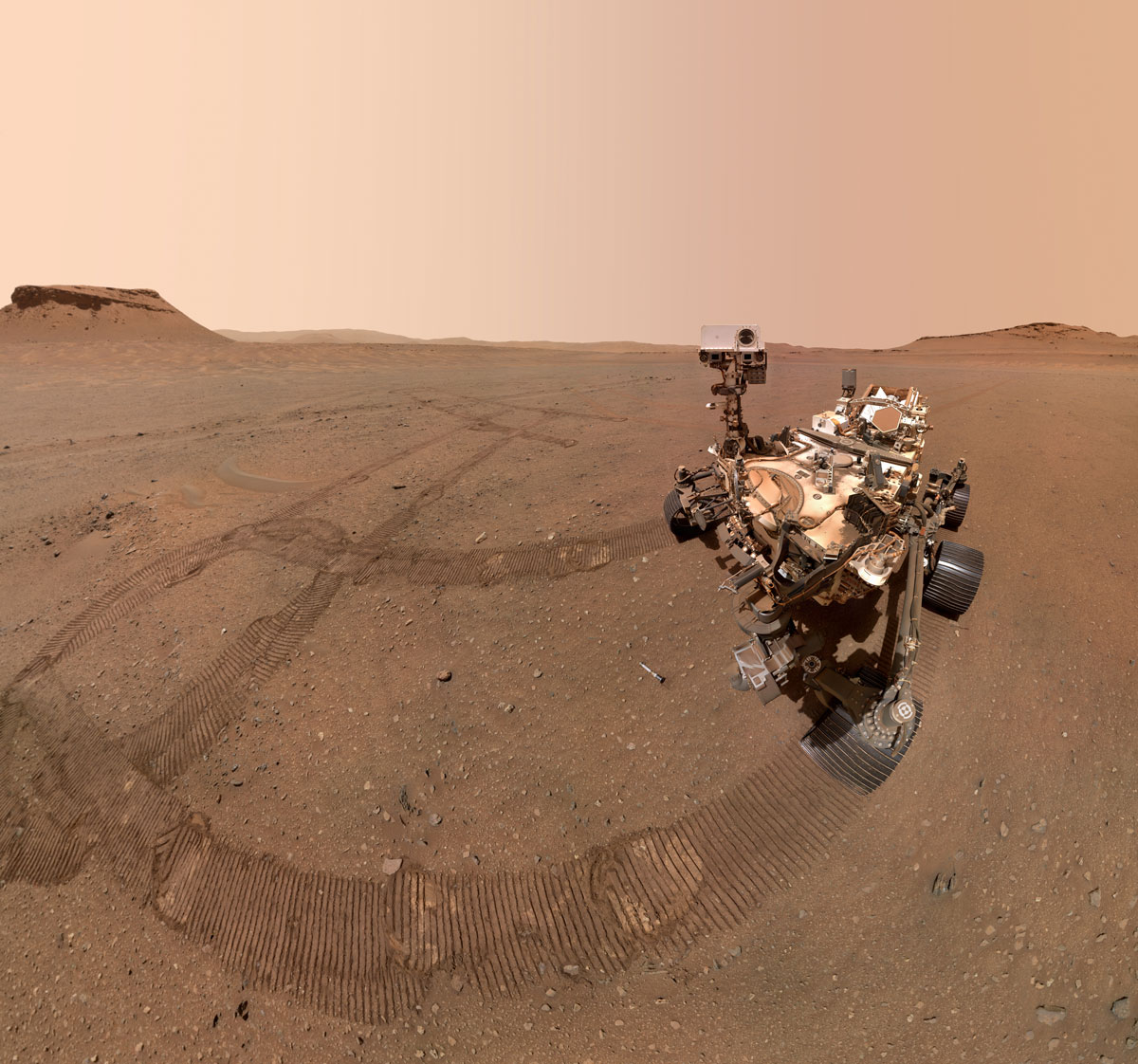
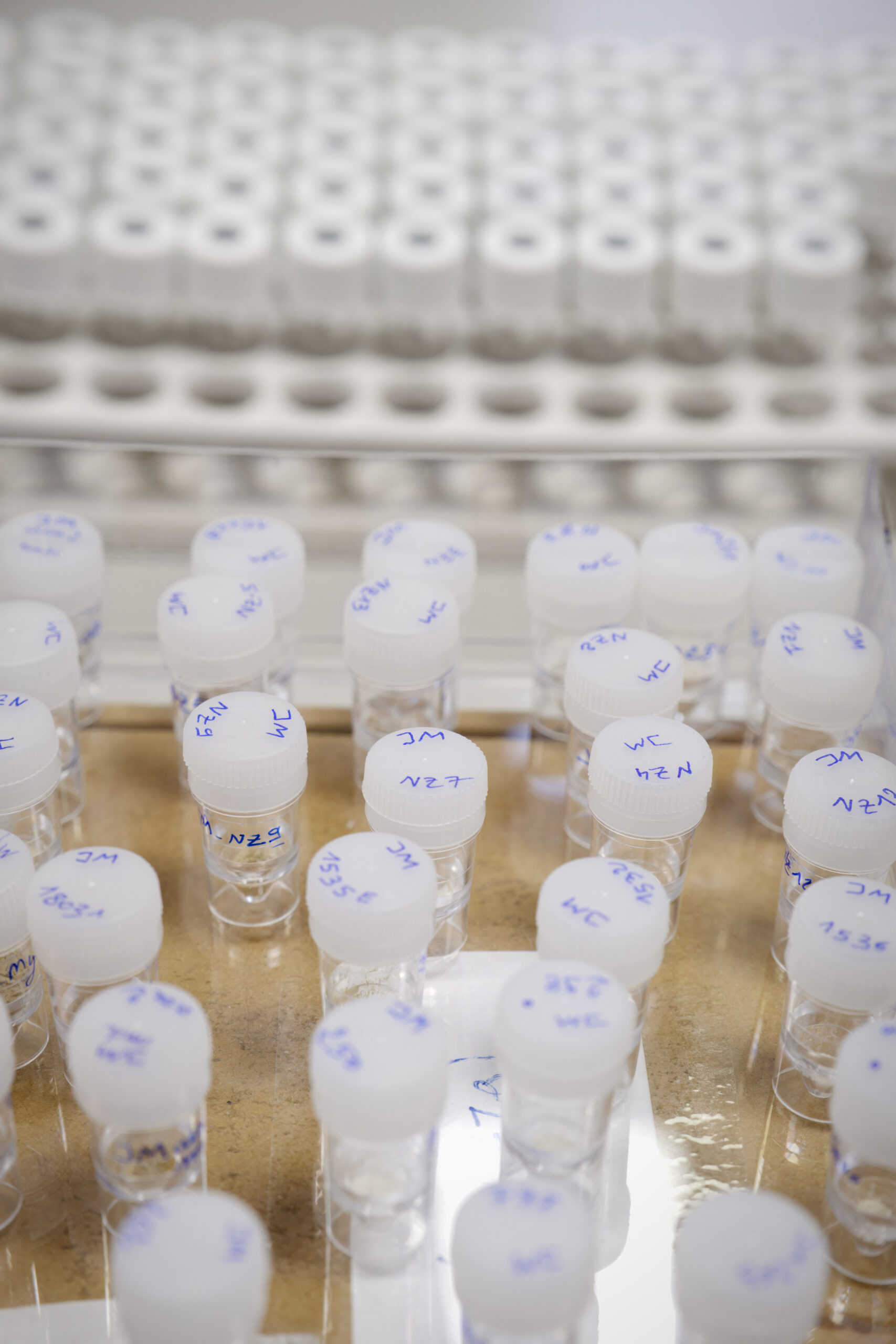
This latest project is an excellent illustration of the trans-disciplinary nature of the research carried out at LGL-TPE. Indeed, one of the original features of the LGL-TPE is to develop interdisciplinary research by applying Earth Sciences analytical techniques to other disciplines. For example, our research into isotope fractionation in cell biology has applications in medicine, while our analysis of various materials using Raman spectroscopy has applications in tribology.
The LGL-TPE is attached to the Observatoire des Sciences de l’Univers de Lyon (OSUL), with which it shares some of its resources. It also takes part in its training activities through its research activities and seminars, and by sharing its technical expertise. All our work is closely linked to teaching, and we are constantly developing interactions between research and training. LGL-TPE staff train students from the Ecole Normale Supérieure as well as bachelor’s and master’s students, and welcome some forty doctoral and post-doctoral students, with the ambition of opening up our courses even further to foreign students.
Finally, creating new synergies at disciplinary interfaces is one of our priorities, and we are developing a number of more applied projects in partnership with the Auvergne-Rhône-Alpes region and various industrial partners.
Eco-Responsibility Charter
In March 2024, the LGL-TPE set up an eco-responsibility group, conscious of the environmental and climatic issues at stake. This group proposed an eco-responsibility charter at an exceptional AGM (June 3, 2024). The charter was put to a consultative vote among laboratory members, and was then voted on by the laboratory council on July 4, 2024 (15 votes in favor and 1 against).
